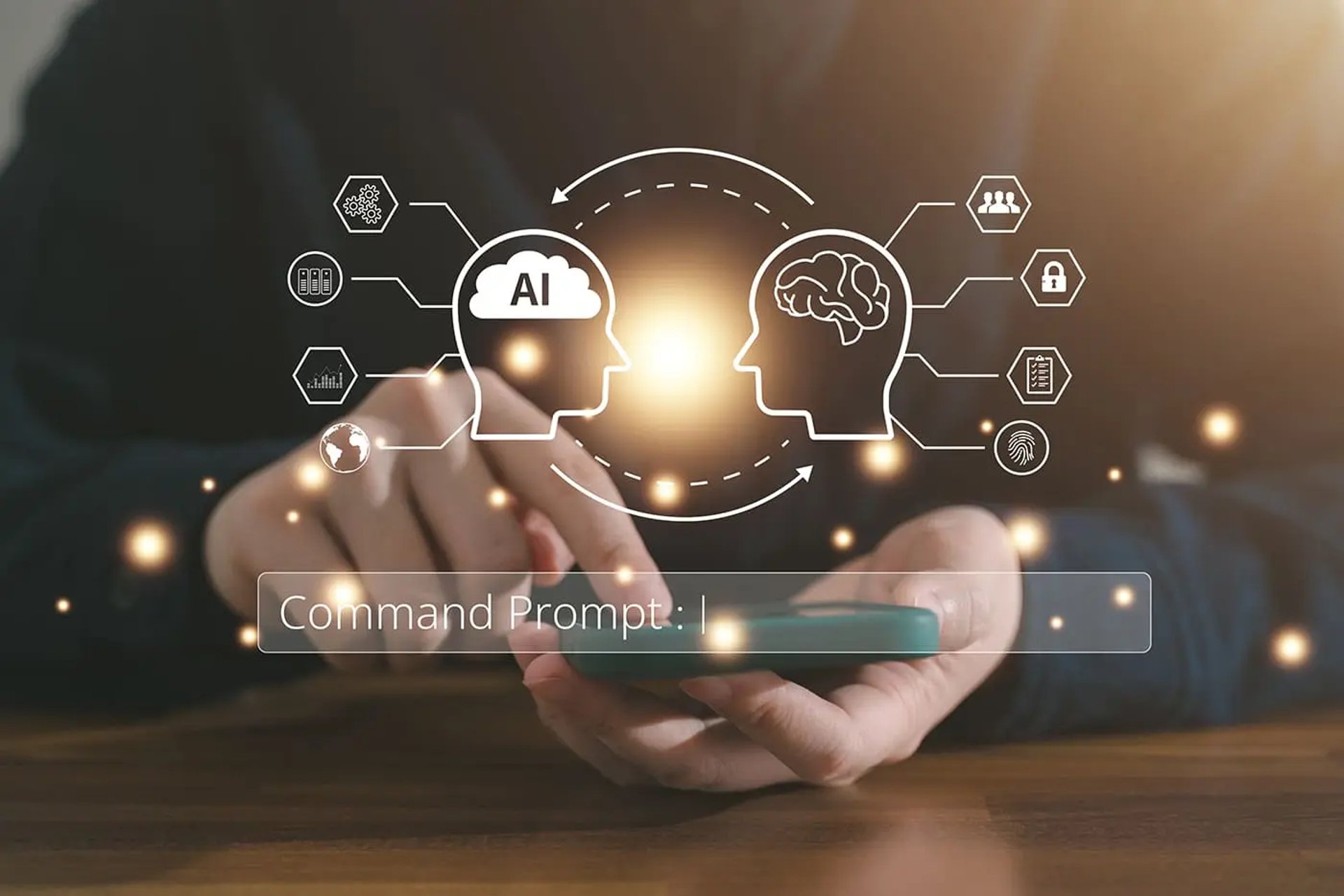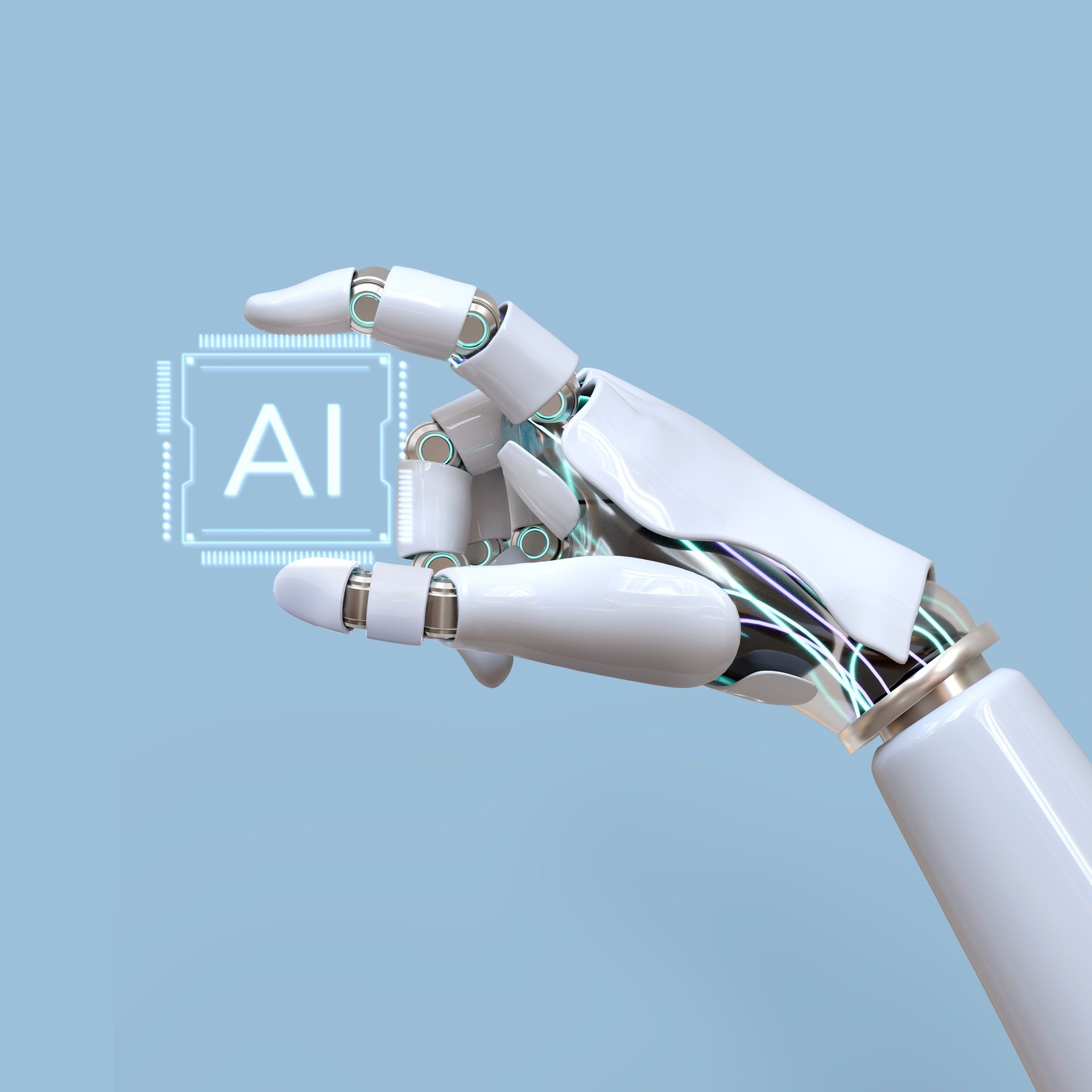Master AI Today
Unlock your potential with comprehensive AI tutorials and hands-on learning paths for all skill levels.

Prompt engineering is the art and science of crafting effective prompts to guide AI models, especially large language models like ChatGPT, to generate accurate and contextually relevant outputs. It involves understanding how the model interprets language and designing instructions that clearly define the task. Prompt engineering plays a crucial role in improving the reliability, coherence, and specificity of AI responses without modifying the model itself. Techniques like zero-shot, one-shot, few-shot, and chain-of-thought prompting help in handling a wide range of use cases. A well-designed prompt can influence tone, style, reasoning, and format of the output. It’s especially useful in domains like content creation, coding, customer service, and education. Prompt engineering reduces hallucination, enhances factual accuracy, and aligns outputs with user intent.
Prompt engineering

Agentic AI refers to AI systems that function as autonomous agents capable of perceiving, reasoning, planning, and acting to achieve specific goals. Unlike traditional models that only respond to prompts, Agentic AI can initiate actions, learn from feedback, and adapt over time. These agents often collaborate with other agents or humans in complex workflows. They can manage tasks independently, make decisions, and use memory to improve performance. Agentic AI is especially useful in dynamic environments like automation, research, and intelligent assistants. It marks a shift from static AI tools to intelligent, self-directed systems.
Agentic AI

Generative AI is a branch of artificial intelligence that focuses on creating new content such as text, images, audio, code, or video by learning patterns from existing data. It uses advanced models like GPT, DALL·E, and Stable Diffusion to generate human-like outputs based on input prompts. Unlike traditional AI, which mainly analyzes or predicts, generative AI can simulate creativity and produce original, coherent results. It is widely used in content creation, customer support, software development, and personalized experiences. This technology is transforming industries by automating complex tasks that once required human intelligence.
Generative AI

Large Language Models (LLMs) are advanced AI models trained on vast amounts of text data to understand and generate human-like language. They can perform a wide range of tasks such as answering questions, writing content, translating languages, and summarizing information. LLMs like GPT-4 work by predicting the next word in a sequence, allowing them to produce coherent and context-aware responses. These models are capable of few-shot or zero-shot learning, enabling them to adapt to new tasks with minimal examples. LLMs are the foundation of many modern AI applications, powering chatbots, virtual assistants, and content generation tools.
LLM
Learn AI has transformed my understanding of complex concepts. The tutorials are clear and engaging, making AI accessible for all skill levels. Highly recommended!
Alex J.

★★★★★